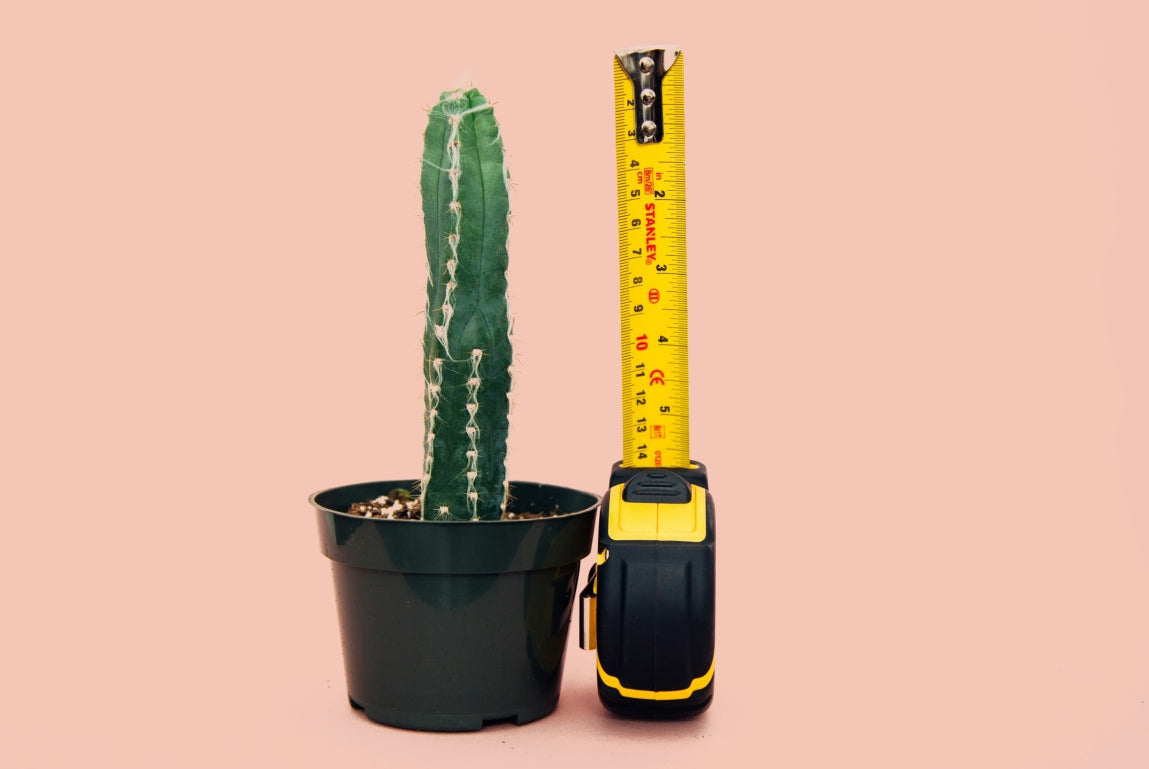

Table of Contents
Key Takeaways
Penis growth typically finishes by ages 18 to 19, with minor changes possible into early 20s.
Puberty stages and testosterone levels are the primary growth drivers.
Average erect length is around 5.5 inches, but there’s wide variation.
Genetics, hormones, and lifestyle all impact final size.
Conditions like delayed puberty, micropenis, and hypogonadism deserve medical attention.
When Does the Penis Stop Growing?
If you’re wondering when your penis (or your partner’s) stops growing, you’re not alone. It’s one of the most googled questions out there, right up there with "how to make banana bread moist." Spoiler alert: only one involves testosterone.
For most males, meaningful penis growth stages kick off with the hormonal fireworks of puberty and tend to wrap up by age 18 or 19. A few stragglers might squeeze out an extra millimeter or two into their early 20s, but major growth spurts don’t typically RSVP after the college years.
Let’s dive into the science of size, the Tanner stages of development, and the hormonal cocktail that gets things growing in the first place.
The Biology of Penile Development: How It All Begins
Penile tissue starts differentiating in the womb thanks to testosterone and its heavy-hitting cousin dihydrotestosterone (DHT). This hormonal blueprint establishes the size potential, kind of like nature saying, "Here's your penis starter kit. Good luck."
After birth, growth goes dormant (aside from a mini-hormonal surge in the first six months). The real party starts when the hypothalamic-pituitary-gonadal (HPG) axis lights up—usually between ages 9 and 14—launching puberty stages in boys .
Rising luteinizing hormone levels tell the testes, "It’s showtime," triggering a steady climb in testosterone levels during puberty . That surge prompts the corpora cavernosa (the spongy stuff in the penis) to lengthen and thicken. It also kicks off broader growth spurts in boys —including voice drops, hair growth, and suddenly needing new jeans every six months.
Most penile growth hits its stride between ages 12 and 16, with the finish line typically crossed by 18 or 19. Only minor adjustments in girth might occur into the early 20s, but don’t expect a surprise growth spurt just because you did a juice cleanse.
Penile Size Averages: What’s "Normal"?
In a massive 2023 meta-analysis involving over 55,000 men (bless those brave volunteers), researchers found the following averages:
Erect length : 13.9 cm (5.5 inches)
Stretched flaccid length : 12.9 cm (5.1 inches)
Flaccid length : 8.7 cm (3.4 inches)
Erect girth : 11.66 cm (4.6 inches)
Keep in mind, average penis size by age can vary during puberty when growth is in full swing. Also wild: that same study found the average erect penis length increased 24% over the last 30 years. Whether it’s nutrition, hormones in food, or the internet raising expectations, we’re still figuring it out.
How to Measure: Let’s Get Technical
Penis measuring isn’t a freestyle sport. There are proper penile measurement methods to follow:
Stand comfortably in a room around 22°C (about 72°F).
Use a rigid ruler or measuring tape.
Press it against the pubic bone along the top side.
Measure to the tip of the glans.
This bone-pressed method eliminates fat pad fluff and gives you a more accurate read. A stretched flaccid length is typically close to erect length and is often used in clinical settings.
What Influences Penis Size?
Let’s talk factors affecting penis size:
Genetics : The ultimate decider. Studies suggest up to 80% of length variation is hereditary. So yes, your family tree might be responsible for your... branch.
Hormones : Conditions like delayed puberty in males or hypogonadism symptoms (when your gonads underperform) can stunt growth. Early puberty might accelerate growth, but may also shut the window early.
Nutrition & Environment : Poor maternal nutrition, smoking, and exposure to plasticizers in utero can lead to smaller adult sizes. So, thanks a lot, microwaved takeout.
Body Fat : A large suprapubic fat pad can make your penis look shorter than it is. Losing weight can reveal hidden inches—no surgery required.
Medical Conditions That Affect Growth
Sometimes growth doesn’t go as expected. Here's when to chat with a doctor:
Micropenis : Defined as a length 2.5 standard deviations below age norms. Early hormone therapy can help if caught in time.
Delayed puberty : No signs of puberty by age 14 or no growth within five years of starting? Time to see a specialist.
Hypogonadism : Think low T with a side of fatigue, low libido, and poor growth. If you suspect hypogonadism symptoms, get it checked.
Peyronie’s disease : Scar tissue causes curvature and can shrink perceived length. Most common in older men but worth monitoring at any age.
Penis Growth After 18: Myth or Reality?
Can your penis grow after 18? Technically, yes... but it’s more like a post-credit scene than a sequel. Penis growth after 18 tends to be minimal. We're talking small changes in girth or minor tweaks from collagen remodeling. Testosterone therapy won't turn you into a unicorn.
That said, maintaining your size is a thing. Regular sexual activity and keeping those blood vessels happy helps. And if you want to support performance and volume while you’re at it? Popstar Volume + Taste Supplement was basically made for this era of self-love.
Penis Shrinking With Age: Is It a Thing?
Yep, but not as dramatic as some locker room legends make it sound.
Two main culprits:
Disuse atrophy : Not using it doesn’t exactly make you lose it, but it can reduce elasticity. Erections are your friend.
Weight gain : The more padding you accumulate near the base, the more your penis plays hide-and-seek.
Solution? Stay active. Stay sexy. And consider popping in a little help from Popstar Delay Spray or Personal Lubricants if you want to keep things fun.
Conclusion: It’s Not Just About Size
Whether you're looking in the mirror, Googling in a panic, or supporting someone through the penile development timeline, remember this: size is only part of the equation. Health, function, and confidence matter more than centimeters.
Frequently Asked Questions
Q: When does the penis stop growing?
A: Typically by age 18 or 19, though minor changes can occur into the early 20s.
Q: Can penis size increase after 18?
A: Slightly, but don’t count on major growth spurts.
Q: What’s considered a micropenis?
A: A length more than 2.5 standard deviations below average for age.
Q: Does frequent sex help prevent shrinkage?
A: Yes! Erections keep tissue elastic and blood flow strong.
Q: What if I think I have delayed puberty or low testosterone?
A: Talk to a healthcare provider. These conditions are treatable and worth addressing early.












